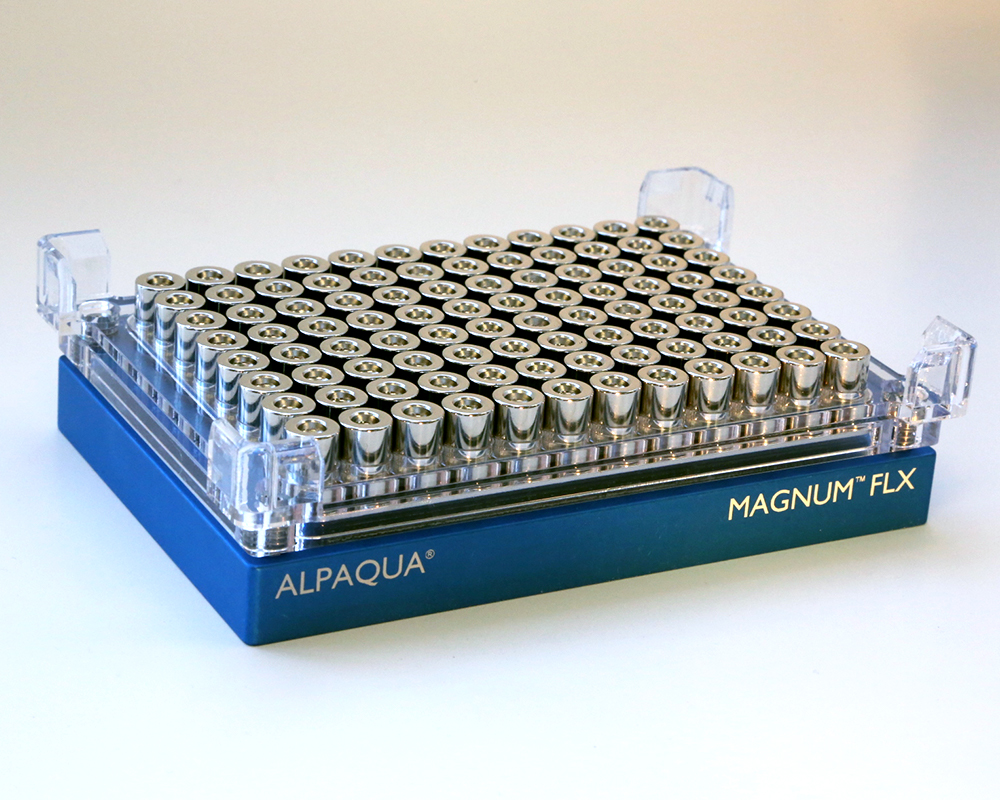Hello all,
I am recently doing sequencing library prep in a 96-well plate. I found that especially with small volume, magnet beads separation can take very long. In addition, when I try to remove all the residual solution, I often get beads carryover. I wonder whether getting a better and stronger magnet plate will help. Any suggestions?
The magnet plate I am using:
Thanks!
I am recently doing sequencing library prep in a 96-well plate. I found that especially with small volume, magnet beads separation can take very long. In addition, when I try to remove all the residual solution, I often get beads carryover. I wonder whether getting a better and stronger magnet plate will help. Any suggestions?
The magnet plate I am using:
Thanks!


Comment